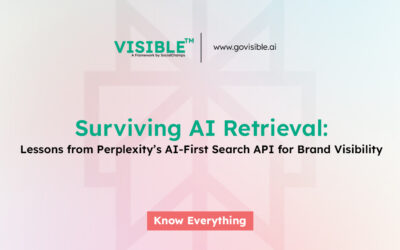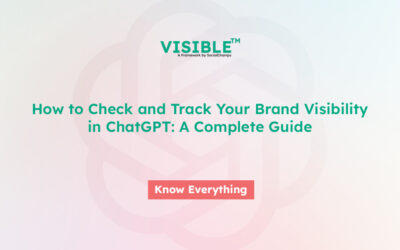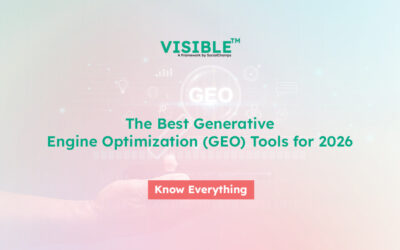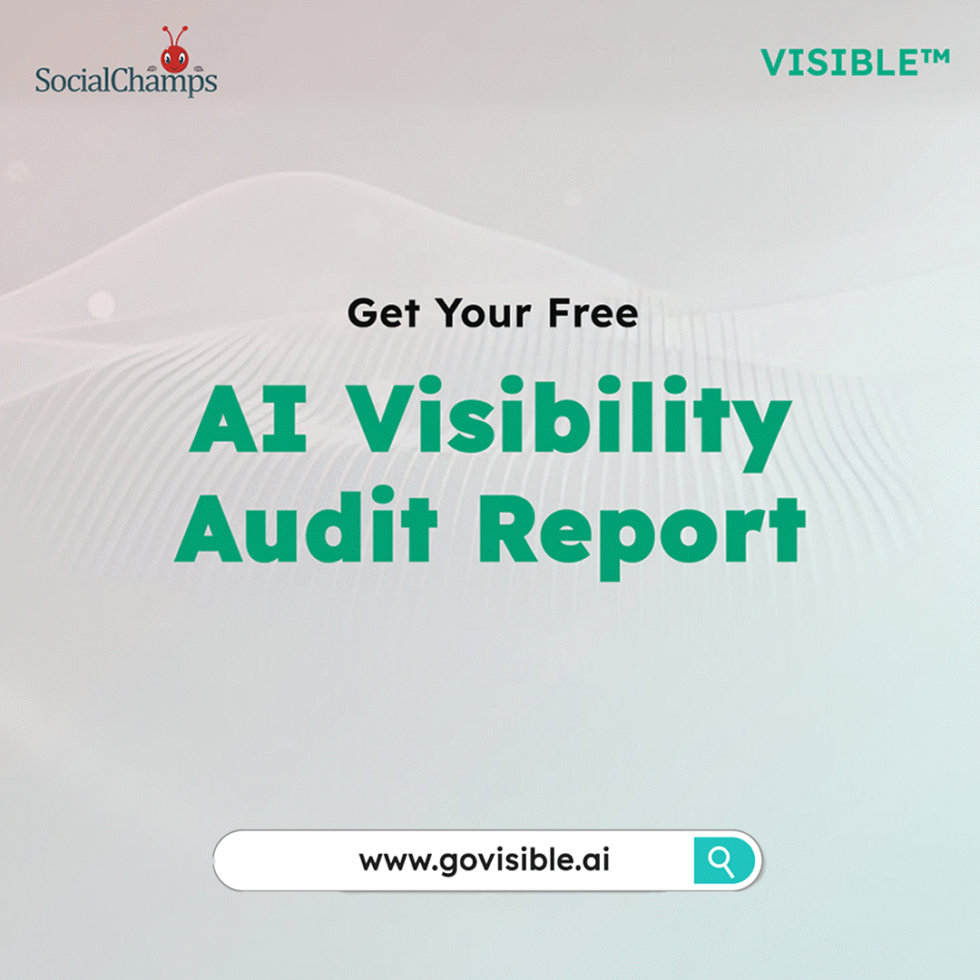The Evolution of Search Intent in the AI Era
From Keywords to Questions
In the pre-AI search era, optimization centered around keywords. Brands competed to rank for high-volume search phrases, often missing the user’s deeper intent. But as AI-native interfaces like ChatGPT, Perplexity, and Gemini replace keyword lists with questions and dialogue, the battleground has shifted. Search now begins with context, not syntax.
Generative Engines as Answer Engines
Large Language Models (LLMs) — the AI systems that power tools like ChatGPT — don’t return links like traditional search engines; they generate full-sentence answers based on inferred context and trained knowledge. This shift transforms how brands must create content. If your content isn’t structured to be directly answerable, it won’t be surfaced. As generative engines become the new homepage, aligning to intent has become mission critical.
What Is Intent-to-Answer Mapping?
Intent-to-Answer Mapping is the strategic practice of aligning brand content to AI-inferred user intents and the answer modalities of generative engines. It connects what users mean with how AI responds, enabling brands to be chosen in the answer stack.
This requires:
- Modeling query intent (e.g., is this user researching, deciding, comparing, envisioning?)
- Structuring content for LLM answer formats (snippets, lists, citations, dialogues)
- Embedding structured data to signal clarity
VISIBLE™’s AI Intent Grid Framework
This framework doesn’t just serve as a conceptual model — it’s embedded directly within the VISIBLE™ platform. Our AI Intent Grid™ powers the Content Mapping Tool, allowing users to visualize gaps in intent alignment, pinpoint under-optimized content by search intent type, and activate structured content recommendations tailored for LLM answerability.
The AI Intent Grid is VISIBLE’s proprietary framework for mapping content across four intent zones:
- Informational → Fast facts, stats, direct answers
- Navigational → Brand pathways, features, context
- Transactional → Comparison tables, CTAs, decision drivers
- Transformational → Future trends, philosophies, narratives
Four Key AI Search Intents
Informational → AI Snippet/Instant Answer
Users seek clarity or confirmation. LLMs respond with concise, sourced summaries.
Brand Example: Duolingo dominates with question-answer pages like “How long does it take to learn Spanish?” — structured as direct responses.
Navigational → Branded References
Searchers are brand-aware. Queries mention product names, models, or competitors.
Brand Example: Sephora ensures product category pages are answer-structured (e.g., “best clean foundation Sephora”) with embedded FAQs and spec tables.
Transactional → Decision-Focused Prompts
Users are at the point of action. AI tools favor content with comparisons, pricing clarity, and trust signals.
Brand Example: HubSpot wins answer slots for “CRM comparison” through clear tables, feature blocks, and testimonial snippets.
Transformational → Future-Centric Queries
These are imaginative or speculative queries. They demand perspective, vision, and storytelling.
Brand Example: Nike leads with content around the future of sport, integrating science, social impact, and brand ethos.
How Brands Align Content to AI Journeys
Structuring for LLM Answerability
Generative engines extract from structured, declarative, fact-anchored content. That means:
- Using bullet points, tables, headers
- Eliminating fluff
- Embedding source references
Our Content Mapping Tool flags content with low Answer Layer fit and recommends optimal formatting based on intent classification.
Content Formats That Win: Tables, FAQs, Direct Sentences
Think like the machine: tables signal clarity; FAQs provide digestible Q&A units; direct sentences aid answer generation.
Real Brand Use Cases
- Asana: Optimizes help content by aligning to common ChatGPT prompts (“How to set up project timelines in Asana?”)
- Allbirds: Builds product stories answering “What makes sustainable shoes?”
- Canva: Surfaces in AI tools by aligning templates to design intent queries
How VISIBLE™ Platform Enables Intent Mapping
Intent Signals and Answer Modeling
VISIBLE™ platforms AI Intent Detection engine continuously analyzes generative queries across platforms. It categorizes them into intent tiers and suggests response styles.
Structured Data as Fuel
Structured data is a standardized format for providing information about a page and classifying its content—often used by search engines to better understand what the page is about. One common form is JSON-LD (JavaScript Object Notation for Linked Data), which embeds metadata in a machine-readable way that LLMs can easily interpret.
Our Structured Deployment Module wraps content in rich schema, microdata, and answer cues. Brands see higher inclusion rates in AI answer stacks when JSON-LD signals align with inferred query type.
Why Intent Is the New Keyword
Keyword volume is a legacy metric. In the age of Generative Engine Optimization, answer relevance rules. Mapping to intent isn’t a tactic — it’s the content architecture of the future.. In the age of Generative Engine Optimization, answer relevance rules. Mapping to intent isn’t a tactic — it’s the content architecture of the future.
Final Takeaways & Strategic Guidance
Future-Proofing Content with AI Intent Mapping
- Map your content against the AI Intent Grid
- Structure each page for LLM readability
- Use VISIBLE™ to audit for Answer Layer alignment
How to Audit and Adapt Your Existing Content
- Identify high-traffic queries losing answer share
- Classify content by intent type
- Restructure content using tables, direct answers, FAQs
Want to see how your brand stacks up in AI intent mapping?
Request a VISIBLE™ Audit






